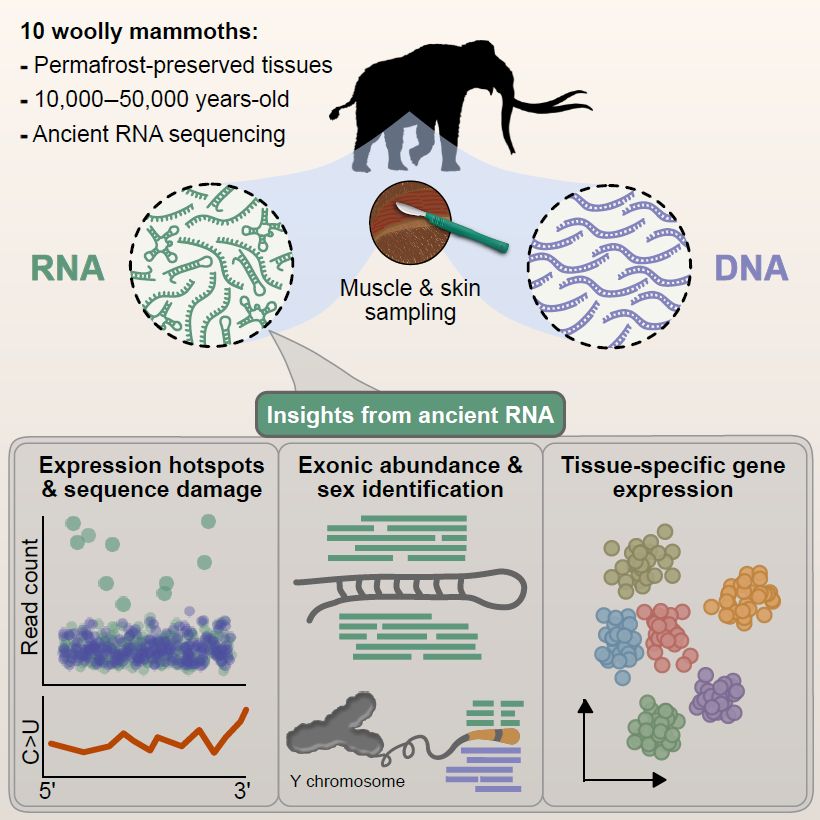www.cell.com/cell/fulltex...
If you want to know more, read the 🧵 below:

www.cell.com/cell/fulltex...
If you want to know more, read the 🧵 below:
www.cell.com/cell/fulltex...
Key findings in a thread (1/6):

www.cell.com/cell/fulltex...
Key findings in a thread (1/6):

Progressive coevolution of the yeast centromere and kinetochore
🤩
@helsenjana.bsky.social @gautamdey.bsky.social

Progressive coevolution of the yeast centromere and kinetochore
🤩
@helsenjana.bsky.social @gautamdey.bsky.social
doi.org/10.1016/j.ce...
We developed a new method called MCC ultra, which allows 3D chromatin structure to be visualised with a 1 base pair pixel size.

doi.org/10.1016/j.ce...
We developed a new method called MCC ultra, which allows 3D chromatin structure to be visualised with a 1 base pair pixel size.
www.nature.com/articles/s41...

Nice use of optimal transport methods to measure acoustic distance, if you're into that sort of thing 😉
elifesciences.org/articles/101...
#prattle 💬
#bioacoustics

Nice use of optimal transport methods to measure acoustic distance, if you're into that sort of thing 😉
elifesciences.org/articles/101...
#prattle 💬
#bioacoustics





www.salk.edu/news-release...

www.salk.edu/news-release...
Led by Hannah Jones @hejcell.bsky.social w/ Kelsey Abrams, Sophia Kim, excited for more projects w/ @fantauzzolab.bsky.social!


Keep it in mind the next time you do dimensionality reduction.

Keep it in mind the next time you do dimensionality reduction.
(TLDR; low-affinity motifs matter as pioneers!)

(TLDR; low-affinity motifs matter as pioneers!)
In new work @nature.com with @hakha.bsky.social, @jkpritch.bsky.social, and our wonderful coauthors we find that the key factors are what we call Specificity, Length, and Luck!
🧬🧪🧵
www.nature.com/articles/s41...

In new work @nature.com with @hakha.bsky.social, @jkpritch.bsky.social, and our wonderful coauthors we find that the key factors are what we call Specificity, Length, and Luck!
🧬🧪🧵
www.nature.com/articles/s41...
#TEsky #TEworldwide
authors.elsevier.com/c/1m6MC,LqAZ...
#TEsky #TEworldwide
authors.elsevier.com/c/1m6MC,LqAZ...

Donal O’Carroll and coworkers
www.embopress.org/doi/full/10....

Donal O’Carroll and coworkers
www.embopress.org/doi/full/10....
(1933–2025)
By Thoru Pederson
➡️ https://tinyurl.com/gd353471OA
*Photo courtesy of the Cold Spring Harbor Laboratory Archives.

(1933–2025)
By Thoru Pederson
➡️ https://tinyurl.com/gd353471OA
*Photo courtesy of the Cold Spring Harbor Laboratory Archives.

doi.org/10.1126/scie...

doi.org/10.1126/scie...

